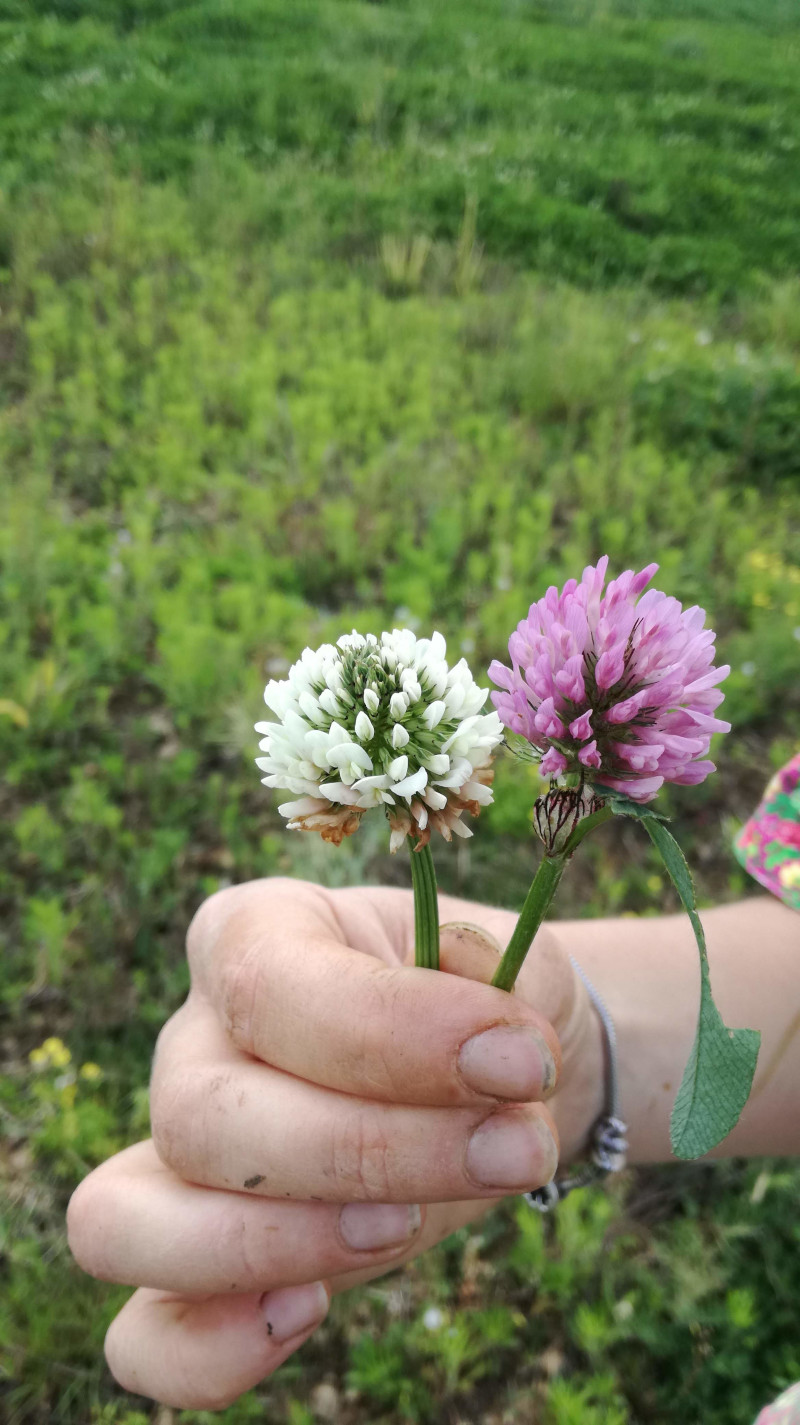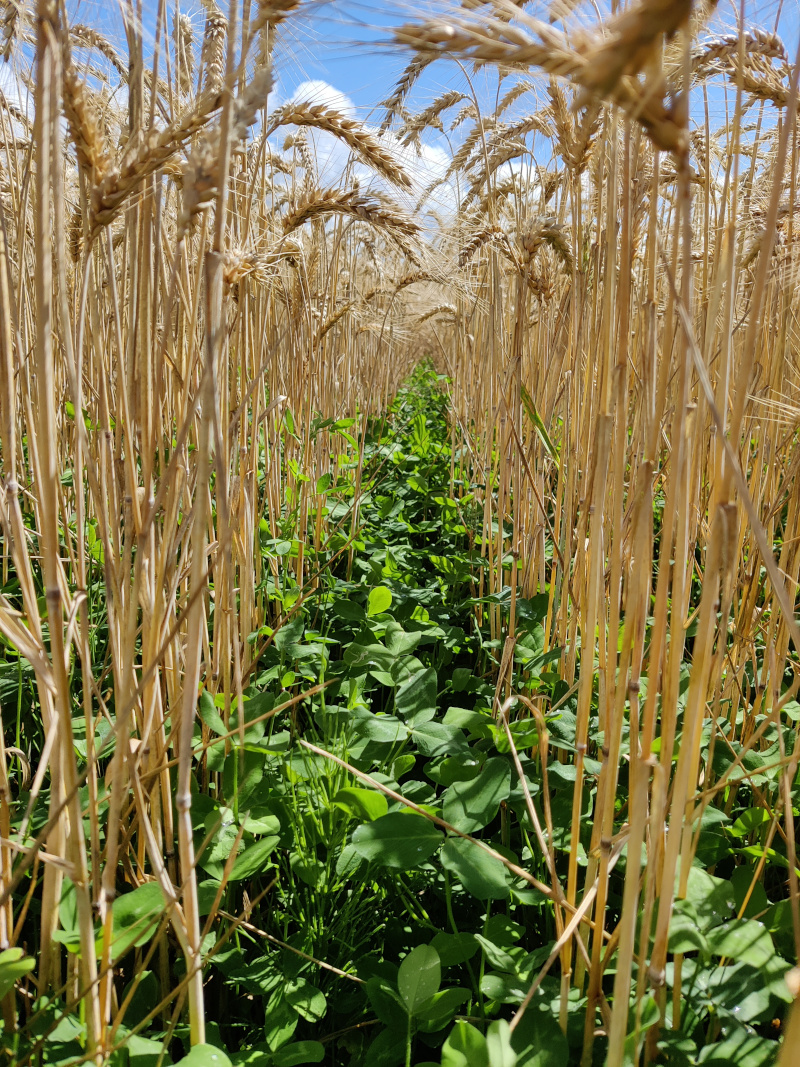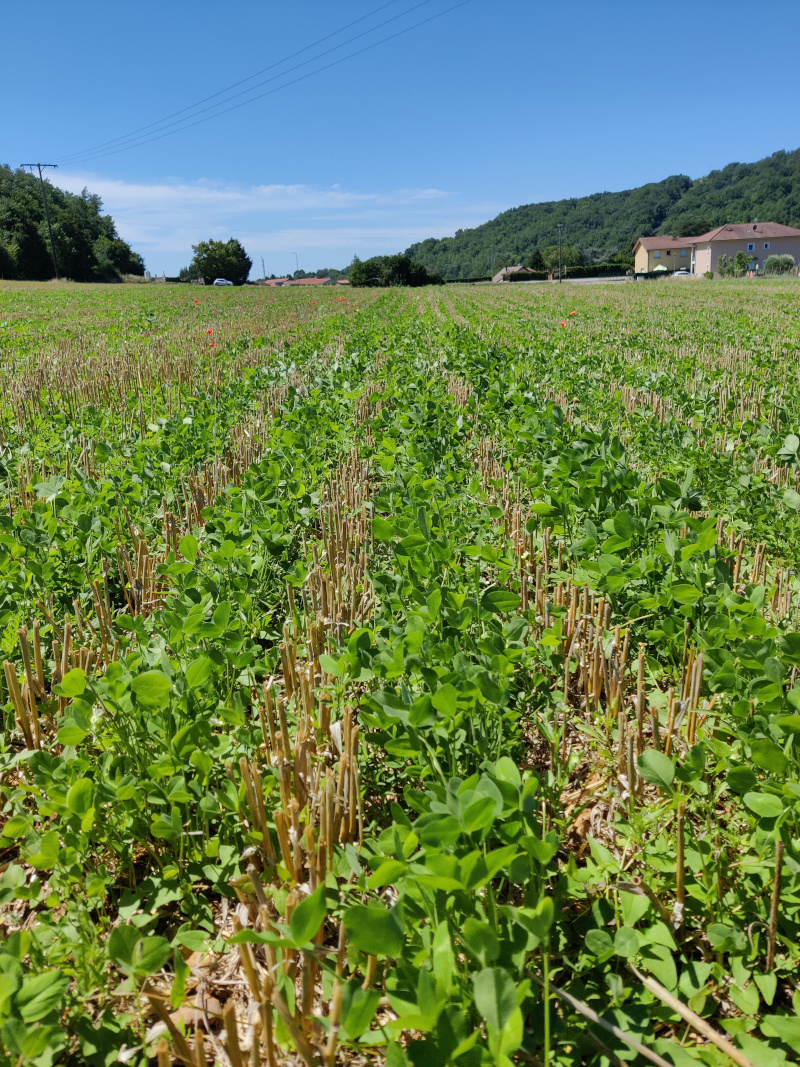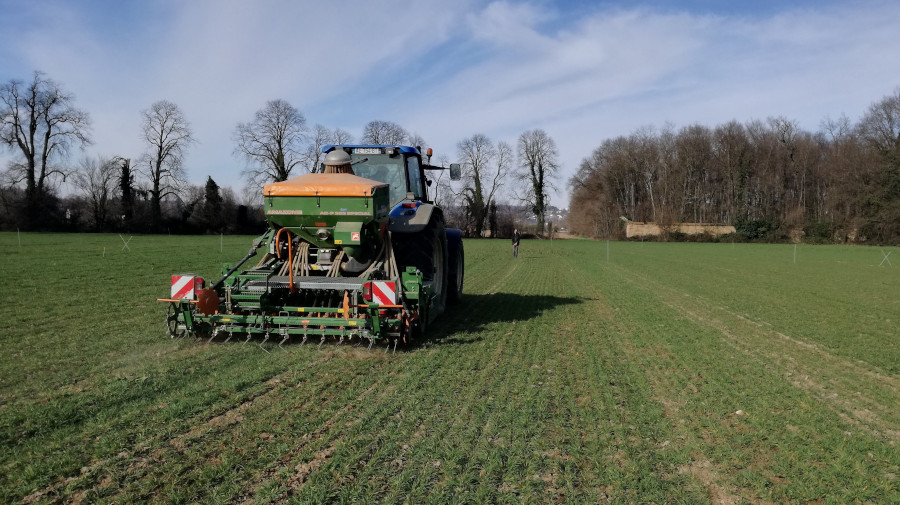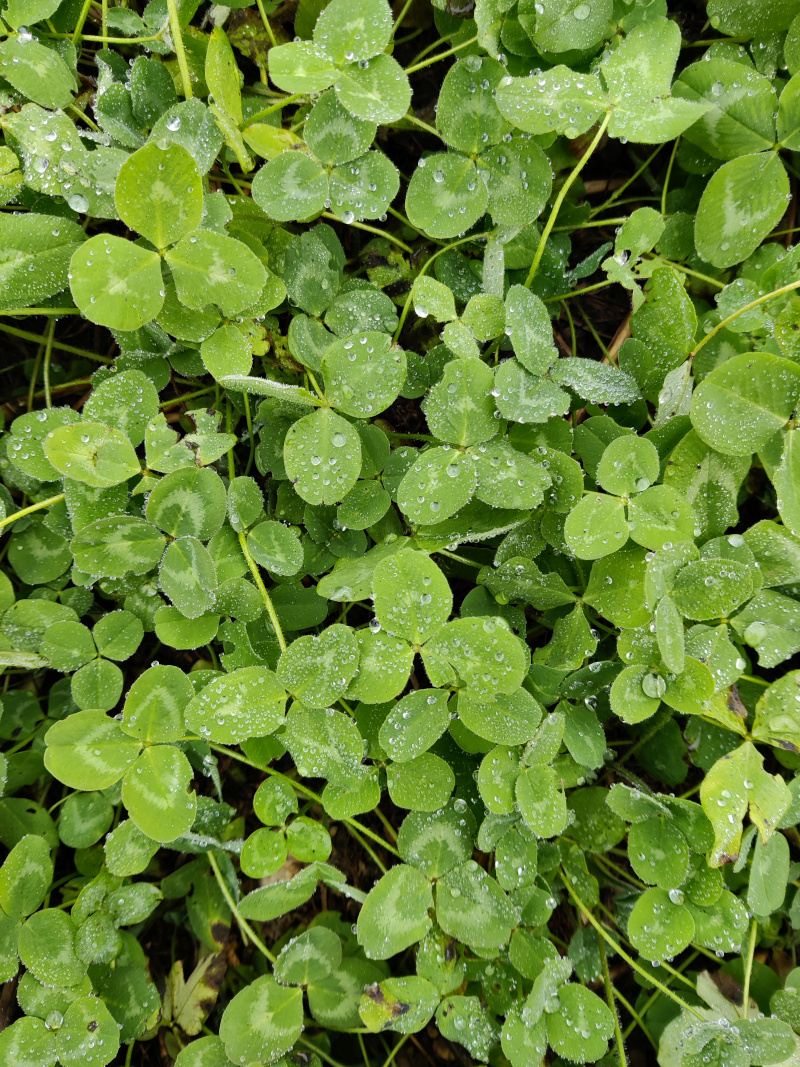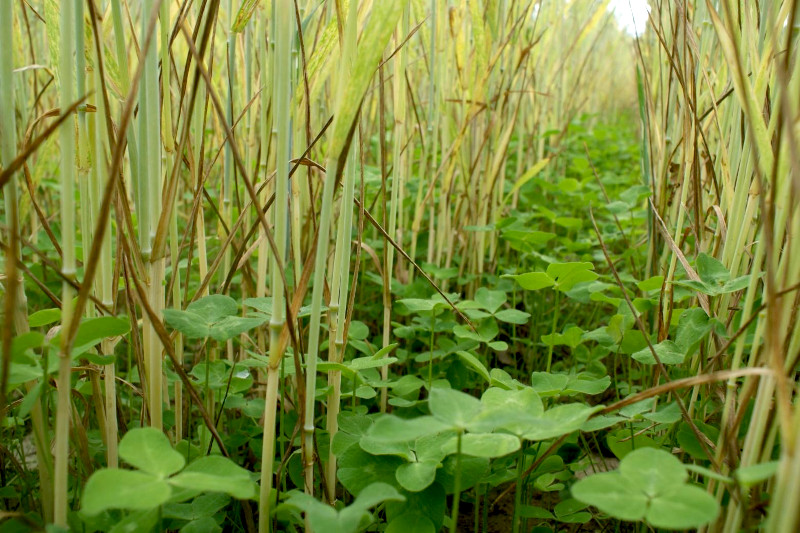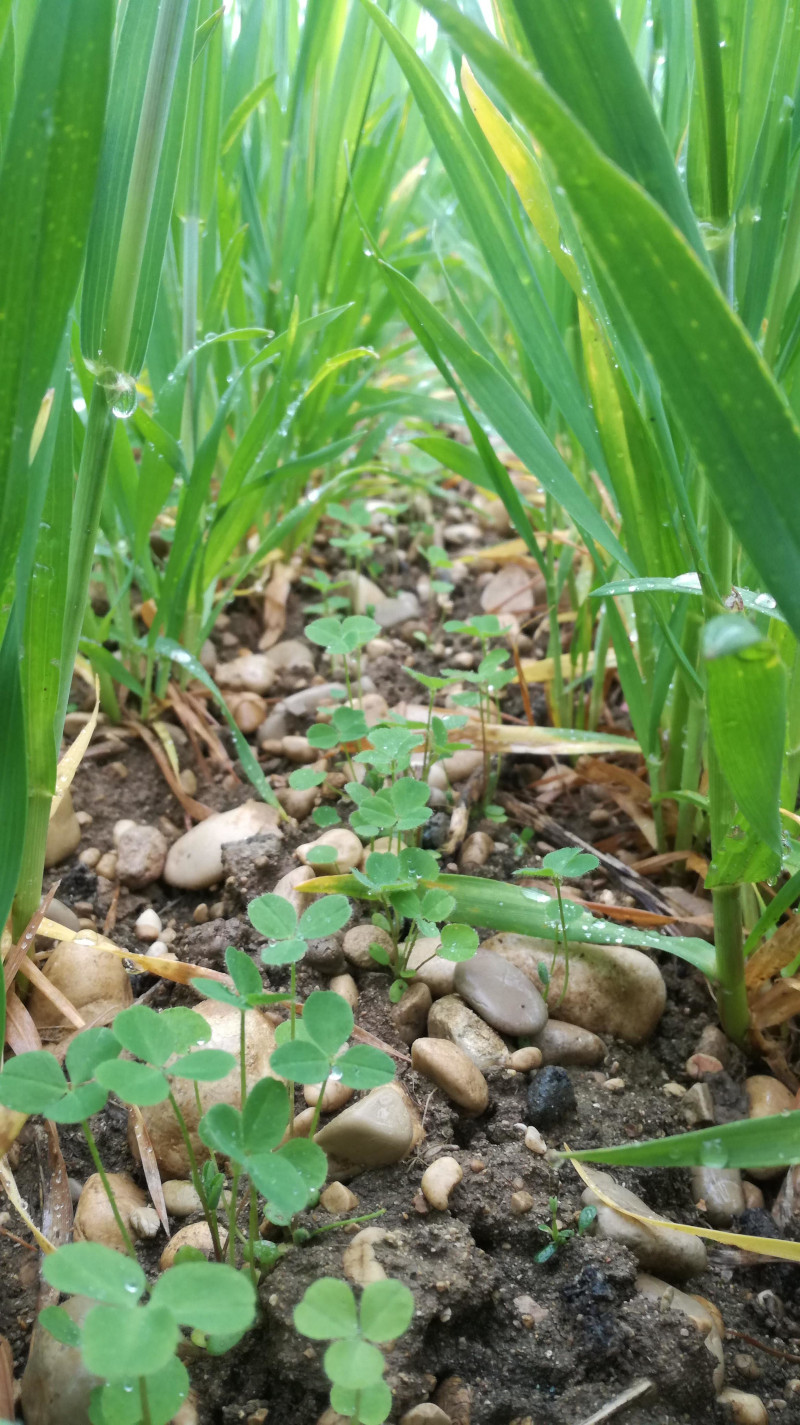The CASTOR project aims to study how plant cover can be combined with cereal crops to reduce input requirements (fertilizers and pesticides in particular) and propose more sustainable agricultural production practices. The aim of the CASTOR research programme is to conceive strategies for inserting multiservice leguminous cover crops in association with cash crops. The project also aims to work in synergy with all concerned stakeholders.
Funders: TERRA Isara, Compagnie National du Rhône (CNR)
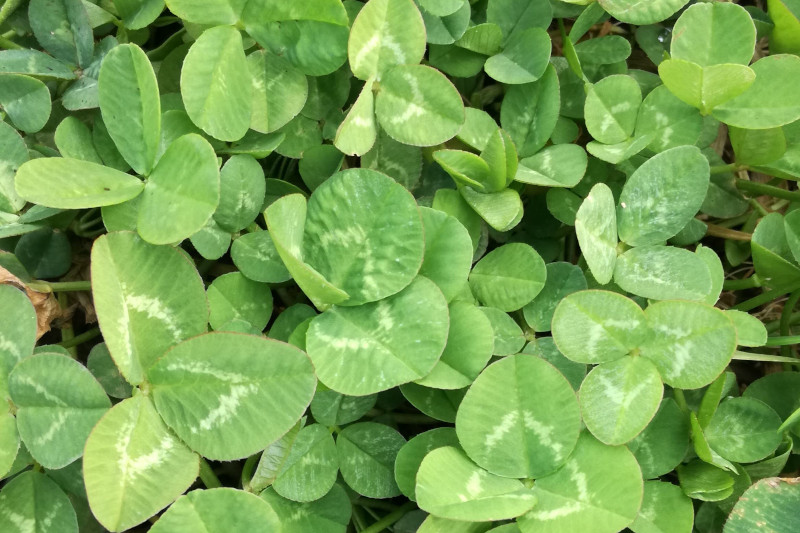


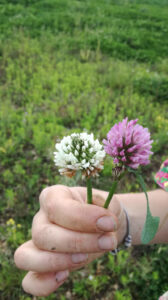
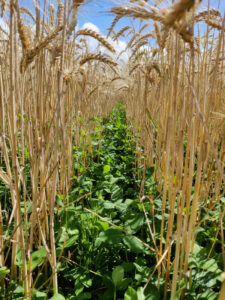
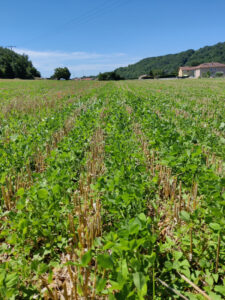
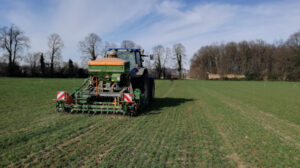
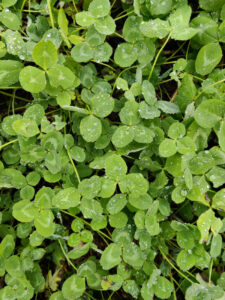
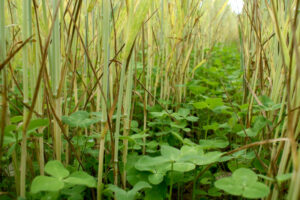
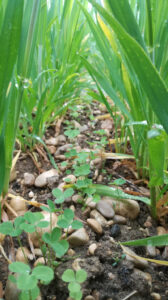
Our experimental approach
The project is organised in three main steps:
- Innovation tracking: The aim of the tracking phase was to identify and analyze experts (innovative farmers, advisors) implementing innovative techniques. This was achieved through a survey targeting farmers throughout France.
- State of the art of the scientific literature: results were compared to the latest scientific knowledge on these techniques to identify any gaps between scientific work and the references needs of farmers and advisors, and to determine relevant research area.
- Experimental part with partner/farmers: Setting up of an experimental plots network of 20 plots during two years to produce recommendation and address the barriers identified in the innovation tracking. On each experimental plot, forage legumes were sown as a relay cover crop in winter cereal with three different legume species and three sowing methods. All plots were monitored during the first year of association and half of them for two years (first year of association and the following crop) to assess the behavior of the cover crops in relation to various planting and management methods, and the level of ecosystem services obtained.
Main results
The results of the project are presented in the project summary, which is divided into three parts:
- The first part presents the project, some results about the farmer survey carried out at the start of the project, and the scope and details of the experimental schemes involving clover as relay intercropping with straw cereal.
- A second part deals with the results of the experimental network in farmers’ plots on the association phase between clovers and the straw cereal. This second part supports the results on the different technical practices (sowing methods and clover species) used in the plots and their impact on the success of the cover crop and cereal.
- The final part of the research project summary looks at the evaluation of the services provided by the cover crops after the winter cereal harvest, during the intercropping period and during the following spring crop. The issues raised concern competition with weeds, nitrogen restitution for the following crop and soil structure in the presence of cover crops.
(The project summary is only available in French)
The project provided also answers to the following questions:
Project team
Florian Celette, Edouard Sory, Camille Pierre, Mathieu Rouge, Thomas Lhuillery, Anthony Roume, Adeline Cadiergues, Vincent Tolon, Léo Fisselier et Lisa Ravel
Partners
INRAE (UMR Agronomy and SAS), Oxyane, Cérience, Haute Loire Bio and all the farmers who who took part in the trials, with our sincere thanks!

